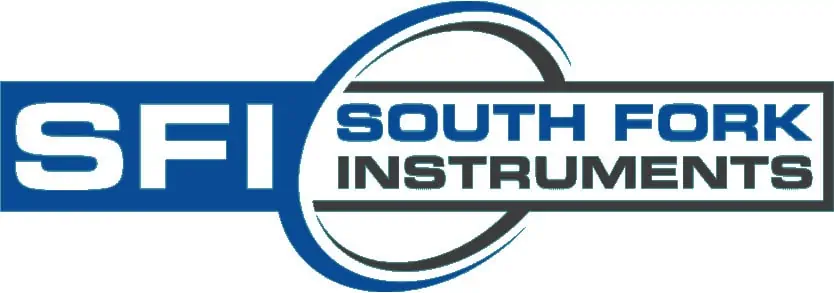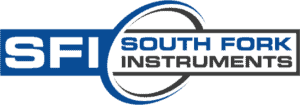Solvent purity directly affects product quality, process efficiency, and regulatory compliance in fine chemicals, pharmaceuticals, and biotechnology. Impurities in solvents can compromise chemical reactions, alter product properties, and damage equipment. Among these impurities, water is particularly problematic due to its ubiquity and reactivity. Even trace amounts of water can significantly affect outcomes in sensitive processes.
Below we examine some of the challenges industries face in managing water content in solvents, why precise measurement is crucial, and how detection methods have evolved to meet increasingly stringent requirements.
Industry-Specific Challenges
Fine Chemical Industry
Fine chemical producers face risks from trace water in solvents, including catalysis of undesired reactions, by-product formation, and reduced yields. Water can deactivate catalysts and interfere with separation processes, leading to increased production costs and quality control issues.
Pharmaceutical and Biotech Industries
In pharmaceutical manufacturing, water in solvents can trigger unwanted side reactions during API synthesis. It can also interfere with crystallization, potentially altering the physical properties of a final drug product. For biotech companies, unwanted water in solvents can disrupt protein folding and enzyme activity, putting the efficacy of biopharmaceuticals at risk.
Bioethanol Production
The bioethanol industry requires precise control of moisture levels throughout production. Excess water in the final product reduces fuel efficiency and causes corrosion of engine components and fuel system damage. Continuous, accurate water content monitoring is essential to ensure product quality and compliance with industry standards.
The Importance of Trace Water Detection
Accurate measurement of trace water in solvents is critical for several reasons:
- Quality Control: Ensuring consistent product quality and meeting stringent purity specifications.
- Process Optimization: Fine-tuning manufacturing processes to maximize efficiency and yield.
- Regulatory Compliance: Meeting industry and governmental regulations for product purity and safety.
- Cost Reduction: Minimizing waste, preventing equipment damage, and optimizing solvent recovery processes.
Limitations of Traditional Methods
Historically, the Karl Fischer titration technique has been the gold standard for water content determination in solvents. But this method comes with several drawbacks:
- Time-Consuming: Karl Fischer titration is a slow process, making it unsuitable for real-time monitoring.
- Labor-Intensive: The method requires skilled technicians and regular maintenance.
- Costly: Continuous replenishment of reagents adds to operational expenses.
- Offline Analysis: Samples must be taken from the process stream, introducing delays and potential contamination.
- Limited Continuous Monitoring: Not suitable for in-line, continuous measurement in chemical processes.
- Safety: Personnel risk as Karl Fischer reagents are considered toxic. Reagents require careful handling while wearing appropriate personal protective equipment.
These concerns have driven the search for more efficient, cost-effective, and real-time solutions for trace water measurement in solvents.
The Ideal Solution: Near-Infrared (NIR) Spectroscopy
As industries strive for more efficient and accurate water detection methods, Near-Infrared (NIR) spectroscopy has emerged as a superior alternative. This technology offers several advantages that address the shortcomings of traditional methods:
- Real-Time Monitoring: NIR spectroscopy provides instantaneous, continuous measurements, allowing for immediate process adjustments.
- Non-Destructive Analysis: The method doesn’t consume or alter the sample, preserving valuable materials.
- No Reagents Required: Removing the need for chemical reagents eliminates safety concerns and reduces cost and environmental impact.
- In-Line Capability: NIR analyzers can be integrated directly into process streams for continuous monitoring.
- Wide Detection Range: Capable of measuring water content from trace levels (ppm) to 100%, accommodating various industry needs.
Advancements in NIR Technology
Recent developments in NIR technology have further enhanced its capabilities for trace water measurement:
- Dual-Wavelength Measurement: By measuring at two specific wavelengths, modern NIR analyzers can compensate for sample haze, ensuring accurate readings in less than perfect process environments.
- LED Light Sources: The use of high-performance, long-life LED technology has improved stability and consistency, reducing drift and the need for frequent recalibration.
- Enhanced Sensitivity: Advanced detectors and signal processing techniques have pushed detection limits lower, allowing for ultra-trace water measurements in some applications.
Implementing NIR Solutions with Kemtrak
For industries looking to upgrade their trace water measurement capabilities, NIR analyzers offer a compelling solution. One such system is the Kemtrak NIR water analyzer, which exemplifies the benefits of modern NIR technology. This analyzer uses high-performance LED technology and dual-wavelength measurement to provide accurate, drift-free measurements without the need for consumable reagents.
The Kemtrak system is capable of measuring water content across a wide range, from trace levels (±10 ppm resolution) to 100% (±0.05% resolution), making it suitable for various applications in the pharmaceutical, biotech, fine chemical, and bioethanol industries. Its ability to provide continuous, in-line measurements makes it an ideal replacement for inconvenient and expensive Karl Fischer titration methods.
For more information on water in solvent measurement, read the application note.
Optimizing Your Solvent Purity Control
As industries continue to demand higher purity standards and more efficient processes, the importance of accurate trace water measurement in solvents cannot be overstated. The shift towards NIR spectroscopy, exemplified by systems like the Kemtrak NIR analyzer, marks a new era in solvent purity control. By embracing these advanced technologies, companies can enhance product quality, optimize processes, and maintain regulatory compliance while reducing costs and environmental impact.
Contact South Fork Instruments
Don’t let trace water compromise your product quality or process efficiency. South Fork Instruments is your trusted partner in implementing cutting-edge NIR technology for solvent purity control. As a leading distributor of industrial measurement equipment, we offer expert guidance in selecting and integrating the right solution for your specific needs.
Contact South Fork Instruments today by filling out this form or calling us directly at 925-461-5059. We help you take the first step towards more precise, efficient, and cost-effective trace water measurement in your solvents.
Read More

